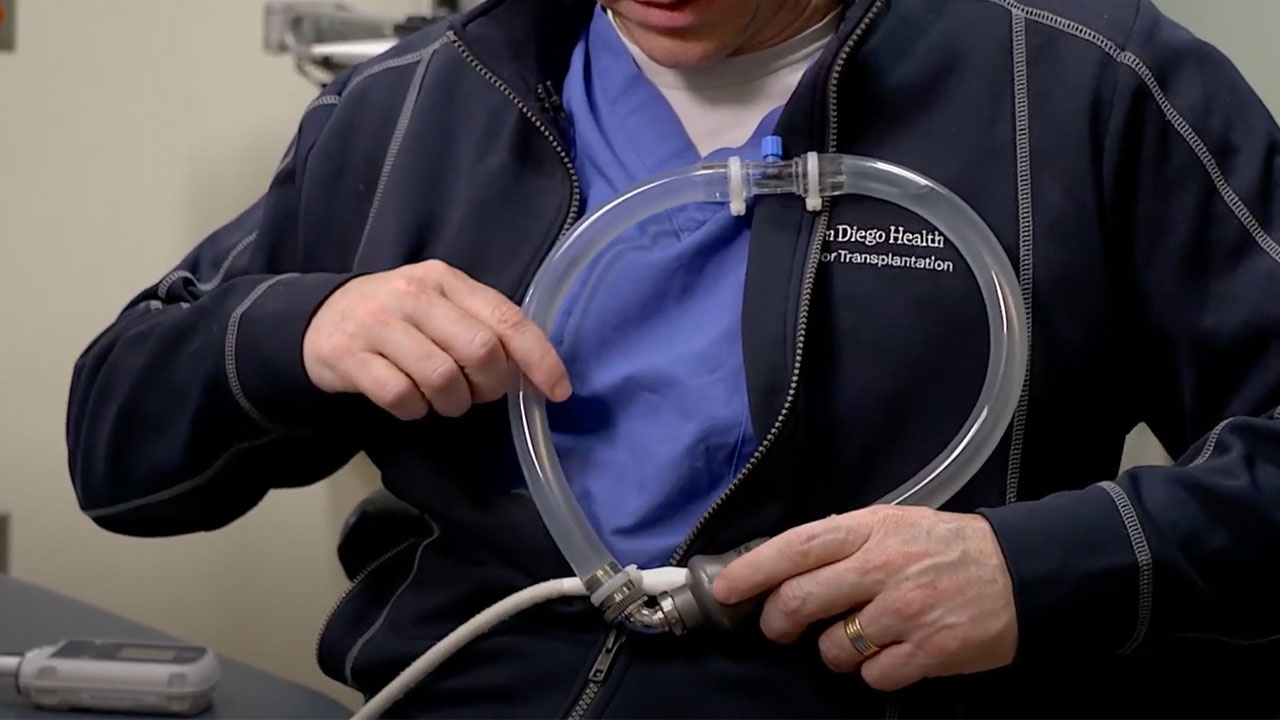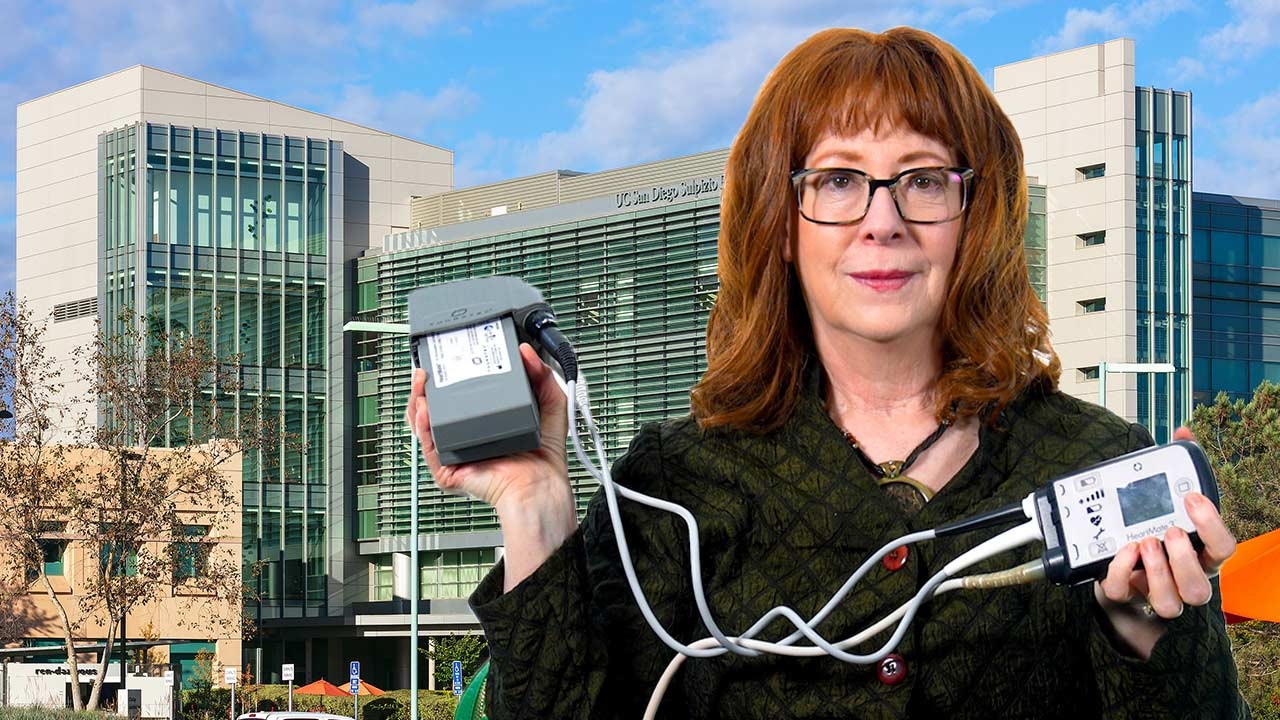Ventricular Assist Devices
Ventricular assist devices (VADs) are used to treat patients with weak hearts or heart failure.
VADs — also known as heart pumps or mechanical circulatory support devices — are designed to support heart function and blood flow. The small implantable devices pump blood from the heart to the rest of the body, thus taking the burden off the heart.
Trust UC San Diego Health to help you manage a heart problem and improve your health and quality of life. Our experts offer advanced medical and surgical therapies.
Who Is a Candidate for a VAD?
Your doctor may recommend a ventricular assist device to help your heart work better if you:
- Are waiting for a heart transplant
- Need temporary support while your heart heals
- Need a long-term treatment for heart failure
Why Choose UC San Diego Health?
Fewer than 110 facilities are approved for VAD destination (long-term) therapy. UC San Diego Health is one of only two health systems in San Diego and eight in California offering this option. Our patient success outcomes exceed national averages.
Learn More About Cardiac Rehabilitation
Our Disease-Specific Care (DSC) Certification for ventricular assist devices is approved by The Joint Commission, a leading nonprofit health care accrediting body.

Dr. Eric Adler Explains How VADs Work

Types of Ventricular Assist Devices
Your care team will evaluate your health needs and determine the best option for you.
- Left ventricular assist devices (LVADs): The most common type of surgically implanted pumps, LVAds help the left side of your heart circulate oxygen-rich blood throughout the body.
- Biventricular assist devices (BiVADs): These BiVAD pumps help both sides of the heart.
- Right ventricular assist devices (RVADs): These devices support the right chamber of the heart, pumping blood to the pulmonary artery and out to the lungs.
- Percutaneous ventricular assist devices (including Impella and TandemHeart): These VADs can be inserted with less-invasive techniques to help the left or right ventricle. They keep the heart beating until lifesaving therapy, such as angioplasty or stenting, can be performed.
Other mechanical circulatory support devices include the total artificial heart (TAH), which can replace both chambers of your heart. It is used to extend life in a very small group of people with end-stage heart failure who are waiting for a donor heart.
How VADs Are Implanted
Most ventricular assist devices (LVADs, RVADs and bi-VADs) are implanted during open-heart surgery through an incision in the chest.
The blood is rerouted to a heart-lung machine to be pumped and oxygenated. The surgeon forms a pocket for the VAD in the abdominal wall, and a tube is used to channel blood from the ventricle to the device.
Another tube is used to connect the pump to the aorta. Once the pump begins to work and support the heart, the patient is removed from the heart-lung machine and the incision is closed.
Percutaneous VADs (Impella and TandemHeart) are inserted with a catheter through a blood vessel in our cardiac catheterization lab and do not require open-heart surgery.
After VAD Implant
Patients selected to receive a VAD will receive special training and instructions to ensure that they can successfully care for their pump at home.
After your VAD implant, the advanced heart failure team with specialized VAD coordinators will care for you.
Video: Living with an LVAD

Heart patient Hortencia Wagner carries her LVAD with her wherever she goes and shares her candid experience of what it’s like.
Our Specialists
Cardiovascular Locations
See heart care locations conveniently located around San Diego County.
